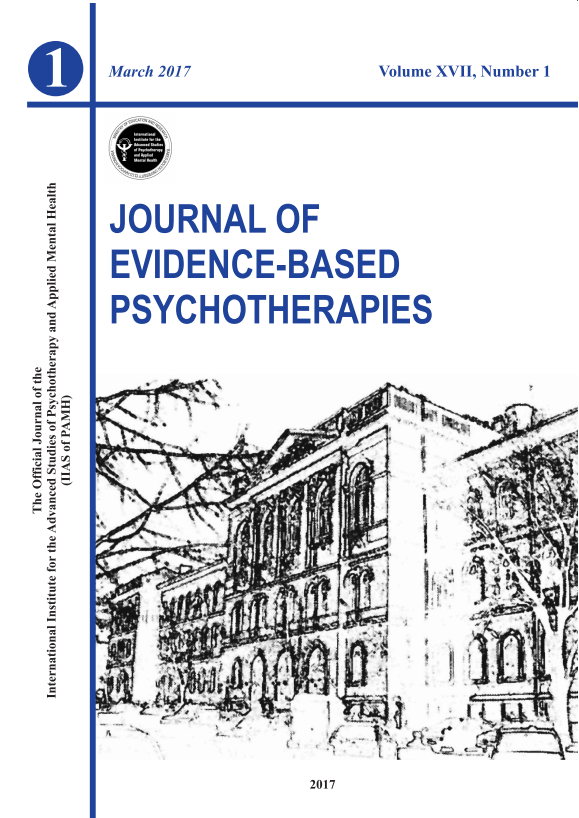tturgut@fsm.edu.tr / tugbaturgut95@gmail.com
Tuğba Turgut1*, Halil Ekşi2
1 Assistant Professor, Fatih Sultan Mehmet Vakıf University, Faculty of Education, Department of Guidance and Psychological Counseling, Istanbul, Turkey. ORCID: 0000-0003-3732-9005
2 Professor, Marmara University, Atatürk Faculty of Education, Department of Guidance and Psychological Counseling, Istanbul, Turkey. E-mail: halileksi@marmara.edu.tr ORCID: 0000-0001-7520-4559
Abstract
This study employs a Structural Equation Model to examine the mediating role of self-construals in the relationship between university students’ family climate and well-being In line with the correlational model, the study’s sample consisted of 541 university students, of whom 371 (68.6%) were female and 170 (31.4%) were male. The average of age the participants included in the sample was found to be 21.19. The PERMA-Profiler, Autonomous-Relational Self in Family Scale, and Family Climate Scale were used to collect data. Both a Pearson’s Product-Moments Correlation and Structural Equation Model were used to analyze the study’s data and thereby test the study’s main hypotheses. The Structural Equation Model revealed that self-construals play a mediating role in the relationship between family climate and well-being. According to the model, individuals raised in families with a positive family climate were found to develop a self-construal (relational and autonomous-relational self) and this self-construals increased individuals’ well-being levels. These results emphasize the importance of considering family climate characteristics and self-construals when researching well-being.
Keywords: well-being, family climate, self-construals, structural equation model, path analysis.
Please cite this article as:
Turgut, T., & Ekşi, H. (2025). The Mediating Role of Self-Construals in the Relationship between Family Climate and Multidimensional Well-Being in University Students. Journal of Evidence-Based Psychotherapies, 25(1), 153-182.
DOI: 10.24193/jebp.2025.1.7
Published online: 2025/03/01
Published print: 2025/03/01
